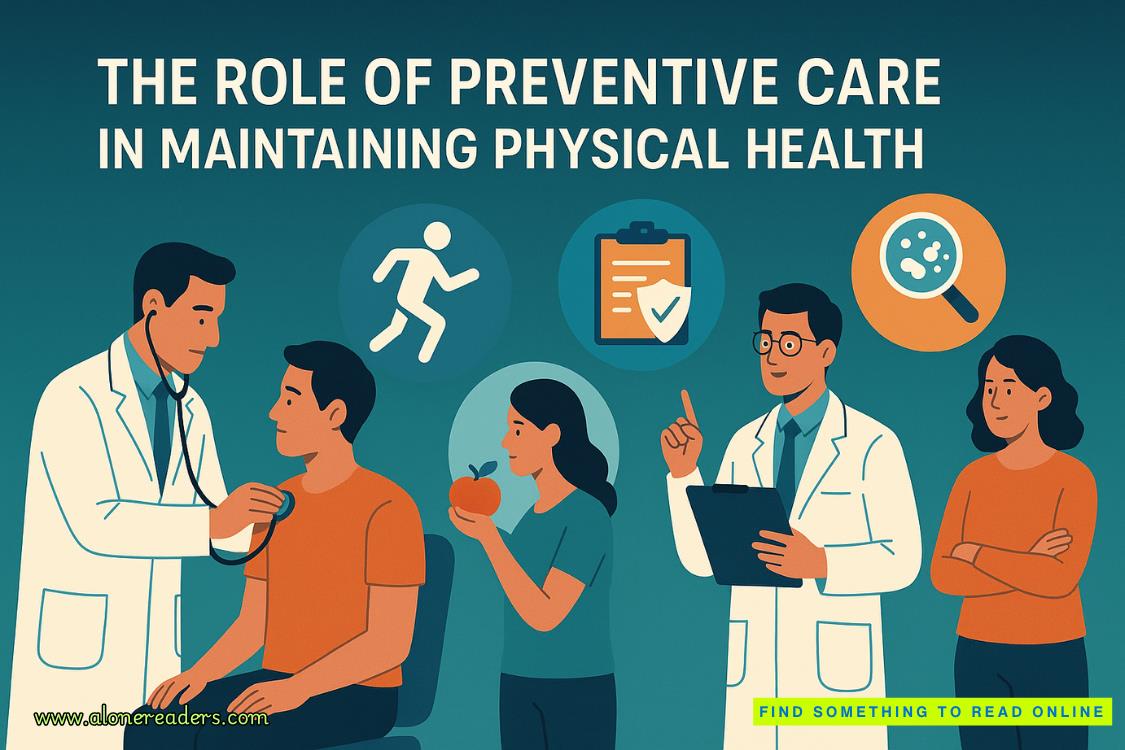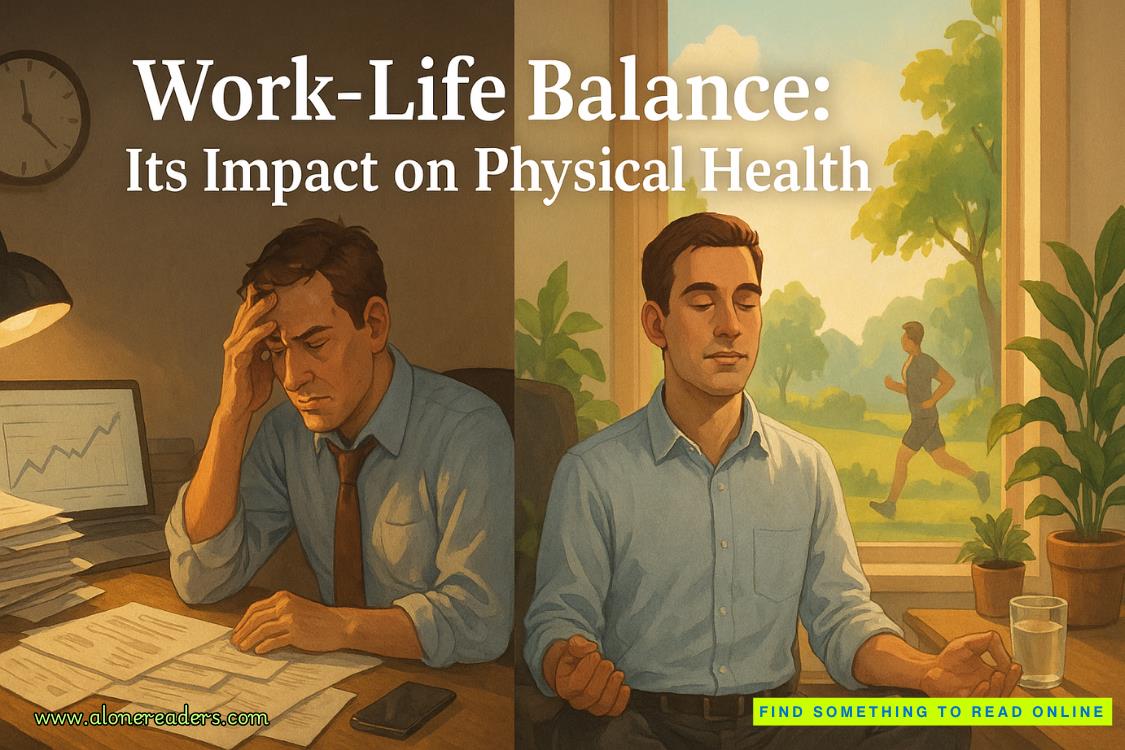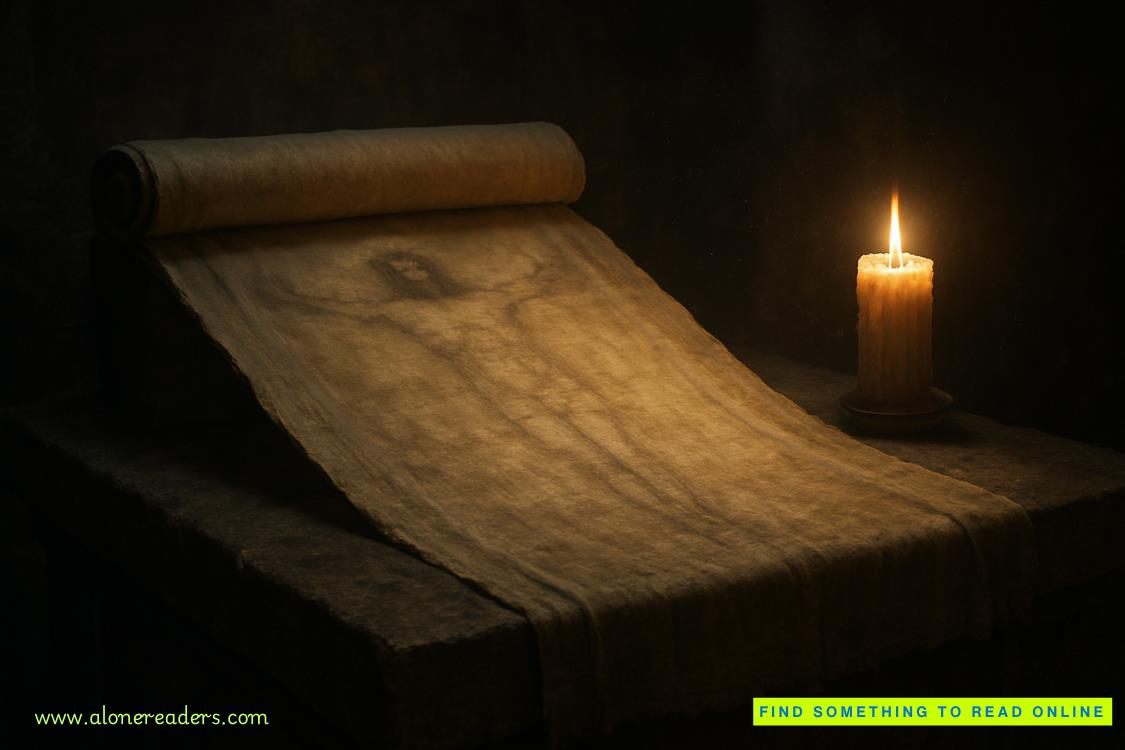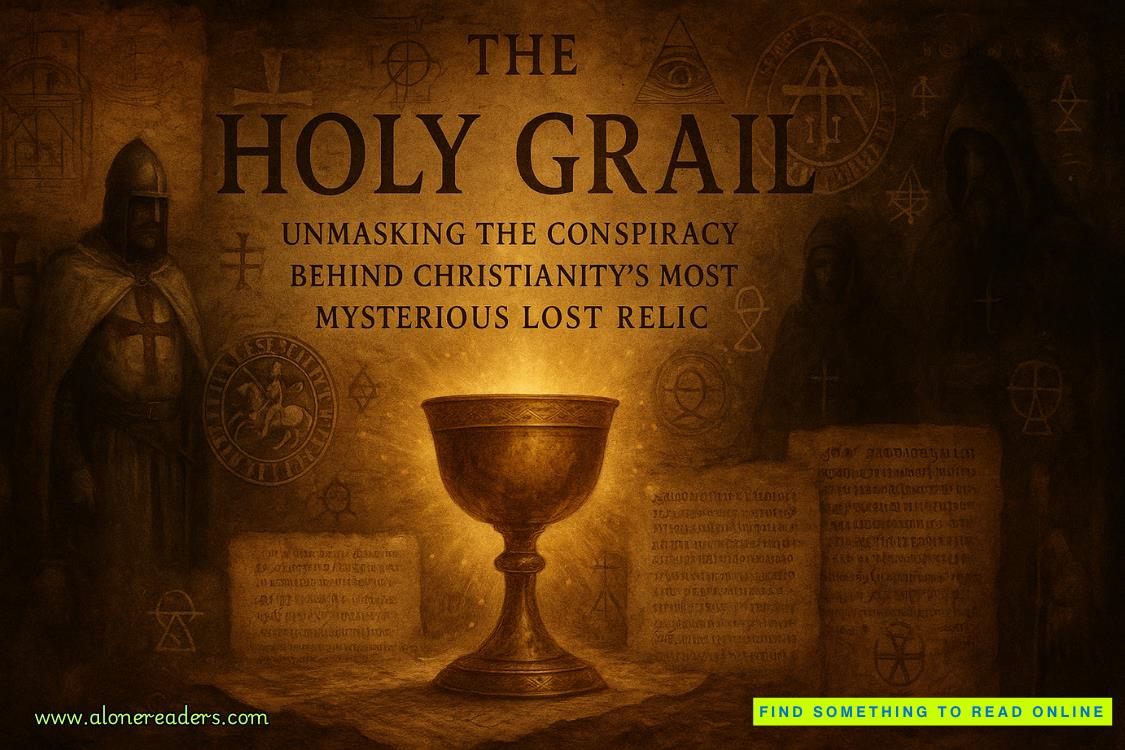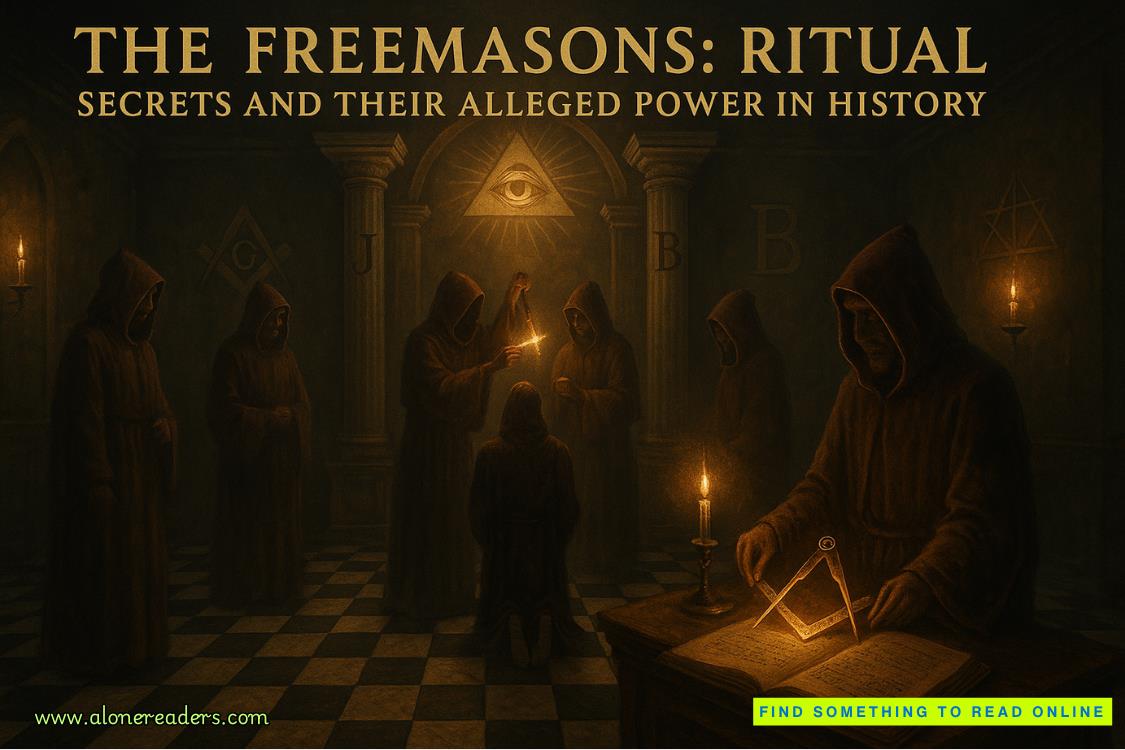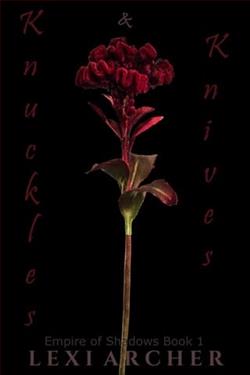Page 101 of Wild Hunger (Heirs of Chicagoland 1)
“Track it,” Yuen said.
Petra pressed a hand to her screen for some kind of security clearance, then did more swiping and typing. The overhead monitor flashed, and a map of the city replaced the camera footage.
“There’s now a tag on the vehicle,” Yuen explained. “If it’s spotted by a person or camera, we’ll get an alert, and we can track its movements.”
“That’s handy and terrifying,” I said.
“It is,” Yuen agreed. “In equal measure.”
Petra looked back at us. “Now that we’ve got that underway, do you want to talk about the ley lines?”
“The what?” I asked.
Petra glanced at me. “Rivers of magical power that run through the earth’s outer crust. Possibly remnants from changes in the earth’s magnetic field.”
“Theoretically,”Theo said. “There’s no evidence they actually exist.”
“Spoken like a tool of the Deep State. Bet you don’t believe in aliens, either. Hot tip,” she said in a whisper, “they’re real.”
“Let’s just stick to planetary subjects for the time being,” Yuen said with a smile.
“Fine by me,” she said, but slid me a glance. “Ley lines are completely legitimate, but the government doesn’t want you to know they exist.”
“And why not?” I asked.
“Big Petroleum. Oil companies go out of business if humans figure out how to utilize the ley lines to run our vehicles, heat our homes, energize our tech. So they keep the knowledge very carefully guarded. But some of us know better.”
“What does Grant Park have to do with ley lines?” Theo asked.
She gave him a flat stare. “Are you serious?”
“Yes?” he asked, his voice now uncertain.
Petra rolled her eyes. “I guess I’ll need to lay it out for you.”
“Please do,” Yuen said, amusement in his dark eyes. “And nice pun.”
“Yes, it was.” She used her smaller screen to direct the largeone, flipping through faded drawings to find a scratchy sketch of what I thought was Lake Michigan.
“The North American Journals of Prince Maximillian,” she said. “He traveled the US in the 1830s, did these amazing natural-history journals where he recorded plants, animals, food, people, landscapes. Not much of Chicago at that point. But he didn’t need the buildings to see this.”
She zoomed in to reveal three lines that ran across the edge of the lake near where I guessed Chicago sat today. One crossed the city from east to west. The others were angled, one running southwest to northeast, nearly vertically, through the middle of the city, the other running northwest to southeast at a shallower angle.
“Two of the lines cross near downtown Chicago,” Petra said, pointing at the map. “But the actual ley lines are only a couple of feet wide, so the scale is totally wrong on this map.”
She swiped a screen and pulled up more data, and the overhead monitor showed a satellite image of Chicago marked by three glowing, intersecting lines.
“These are Chicago’s ley lines,” Petra said, beaming like a student who’d just nailed a recital. “I used satellite images, surface temps, wind data, and jet-stream movement, along with a sprinkle of human activity, and these are the lines predicted by that formula.”
“They’re real,” Theo said, looking back at her with awe. “And you actually found them.”
“It’s more accurate to say I found theechoof them, the place they’re algorithmically predicted to be. We don’t have the knowledge to detect them per se, so this is the next best option.”
She zoomed in, and the lines grew clearer, crisper, thinner, until they crossed just off Michigan Avenue, just south of the river.
And right over Grant Park.
“There’s a ley line conjunction beneath Grant Park,” Theo said, gaze intent on the screen.
